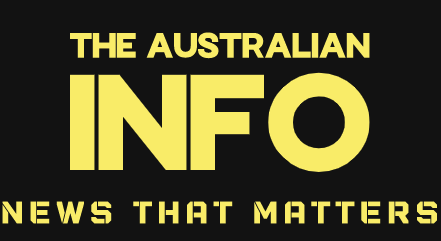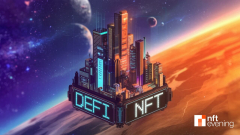DeFi (Decentralized Finance) changed the way people think about money, giving anyone with a wallet the chance to lend, borrow, or earn yield without needing a bank. NFTs (Non-Fungible Tokens), on the other hand, started out as digital art and collectibles. But the line between these two is blurring fast.
A new wave of hybrid financial products is emerging, pulling together the utility of DeFi with the uniqueness of NFTs. These on-chain assets are no longer just speculative toys or collectibles. They’re becoming tools for building entirely new types of value.
So, why is this happening now, and what does it mean for users, investors, and the wider financial system?
DeFi’s Foundation: Programmable Finance
DeFi is about automating financial functions using smart contracts. Lending, borrowing, trading, and earning interest can all be done on-chain, without the need for a middleman.
Users can:
- Provide liquidity – Deposit tokens into pools and earn rewards or fees
- Borrow funds – Use crypto as collateral to access instant loans
- Stake tokens – Lock in assets for yield or governance rights
- Trade seamlessly – Swap assets with minimal slippage and full transparency
The transparency and composability of these services make DeFi extremely flexible. But up until now, most of it has been centered around fungible tokens, currencies that are identical and interchangeable.
That’s where NFTs shake things up.
NFTs: Not Just About Art Anymore
NFTs introduced scarcity and uniqueness to blockchain assets. Each token can carry its own identity, metadata, and utility. In gaming, this meant items and skins. In art, it meant ownership and royalties. But financial applications? That’s newer territory.
NFTs are being used to:
- Represent ownership of yield-bearing positions
- Act as collateral for loans
- Track the performance history of user accounts
- Unlock access to tiered DeFi services
By wrapping DeFi positions inside NFTs, developers are turning financial contracts into tradable, portable assets. Imagine your loan position, staking history, or liquidity share represented as a unique digital object you can sell, trade, or transfer. That’s where the real innovation is starting.
New Asset Class: The Financial NFT
The term “Financial NFT” is being used more often to describe these new types of on-chain instruments. They bundle traditional DeFi mechanics with the flexibility and uniqueness of NFTs.
Let’s break down a few real-world examples:
| Type | Use Case |
| NFT Collateral | Borrowing crypto against NFTs without needing to sell them |
| Yield-Bearing NFTs | Liquidity pool positions wrapped as NFTs, earning fees or rewards |
| Tokenized Loan Agreements | Loans issued as NFTs that can be traded or transferred mid-term |
| Credit History NFTs | Track borrowing behavior, improve future loan terms |
| Access Pass NFTs | Gateways to exclusive protocols, governance, or high-yield strategies |
These models are already live across various DeFi protocols, and more are emerging.
Why This Hybrid Model Matters
Bringing together DeFi and NFTs is not just a novelty. It’s solving real-world frictions that exist in traditional finance, as well as in earlier versions of decentralized systems.
1. Liquidity of Positions
In traditional finance, selling a bond or loan contract might involve paperwork and counterparty risks. In DeFi, when these a





